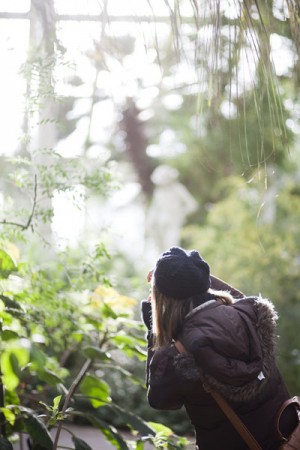Keep it simple, silly!
Over the last two or three years I have been running photo-sessions with colleagues who want to improve their photographic skills. An hour’s guidance can often help people see photography in a completely new way. Usually for personal work, or for those in the transitional stage between film and digital, I find teaching can be rewarding, especially when seeing someone make progress. In most cases, there is a eureka moment – a basic concept suddenly makes sense, with many other things slotting into place. As there is so much information available in books and online that it becomes difficult to work out what is useful and what is irrelevant. Or just plain wrong.
My natural inclination is to say, “Keep it simple”. Having a good idea in the first place will dictate how a camera is used, and skills will automatically develop with your particular needs. Buying loads of kit, and reading every technical instruction manual going, without a concept in mind will just befuddle you. You’re far better off looking at examples of good photography and developing an understanding of how other photographers work. This will help your own ideas evolve while you practice and take test shots. Expensive additional kit will then become obvious to you further down the line, so don’t go to a camera shop with an open cheque book.
On Friday I was asked by my colleague Veronica Peerless, a garden journalist, to accompany her on a visit to Kew Gardens. She needed advice on shooting and preparing images for web use, particularly for her blog. Coming from a magazine and TV production background, she is used do dealing with imagery, and has a good visual sense. But like a lot of people, she needed basic advice on the capabilities of a camera, to give her confidence when converting an idea into a useful finished product.

We went through various shooting situations. As she will be writing about botanical subjects, close-up views, along with general scenes were essential topics. Her camera is a Panasonic Lumix DMC-LX3, a very good compact. I liked it because this was the first compact I had come across where the shutter and aperture controls remained ‘live’ on the camera screen, enabling quick toggling between the two in manual mode.
Shooting with a wide aperture is a popular technique with flowers, reducing the depth of field to the absolute minimum. I don’t think it is possible to create the really soft images that a DSLR or 35mm film camera fitted with a wide aperture lens can capture. This is something you need to weigh up. If this became essential, you would be better off with a DSLR. This was a slight frustration for Veronica, and was probably the only criticism of the camera. But if you are blogging, or are a garden designer taking reference shots, most of the time you should be fine with a compact, especially this one. You can carry it all the time without great inconvenience.


The top photograph is with the Lumix, with the zoom lens set to 12.8mm and an aperture of f2.8. My shot is on a full frame sensor Canon 5D with an 85mm lens set to F1.8. Not a fair comparison, but she wanted to see how I would work and see what her camera would do in a similar situation.
We tried various close-up tests and landscape views as well as into-the-light shots inside the Temperate Greenhouse – always a bit tricky. As there is a large contrast range, any camera, whether film or digital will struggle here. It’s a case of accepting the limitations – and even making use of them.

Leave a comment